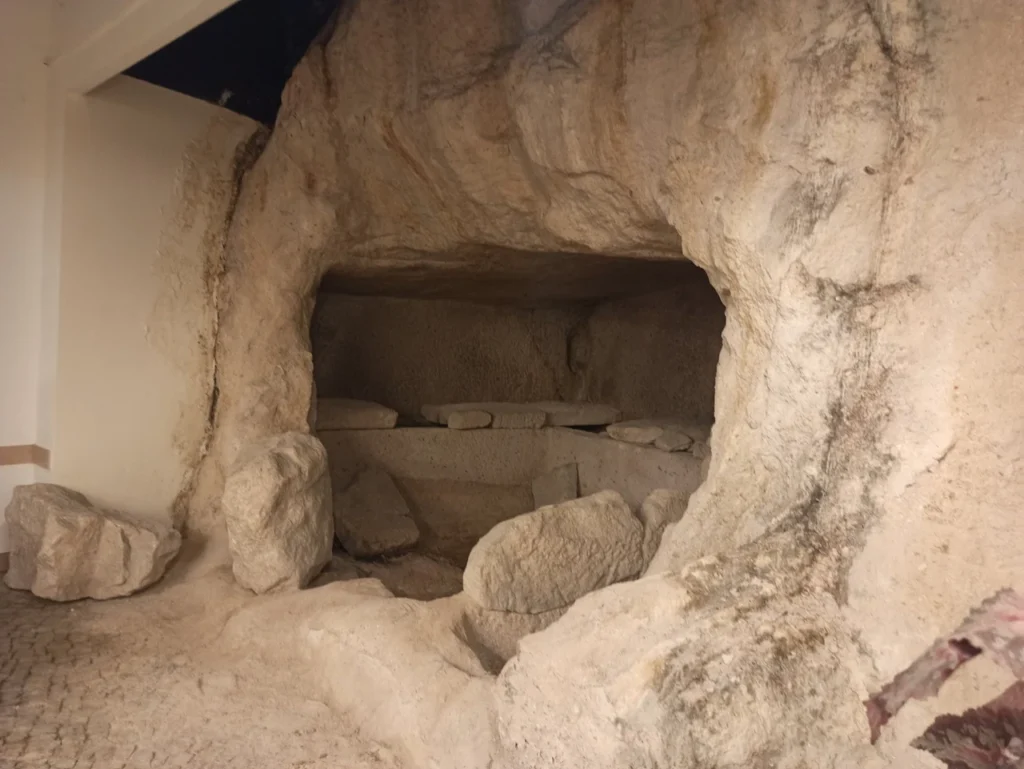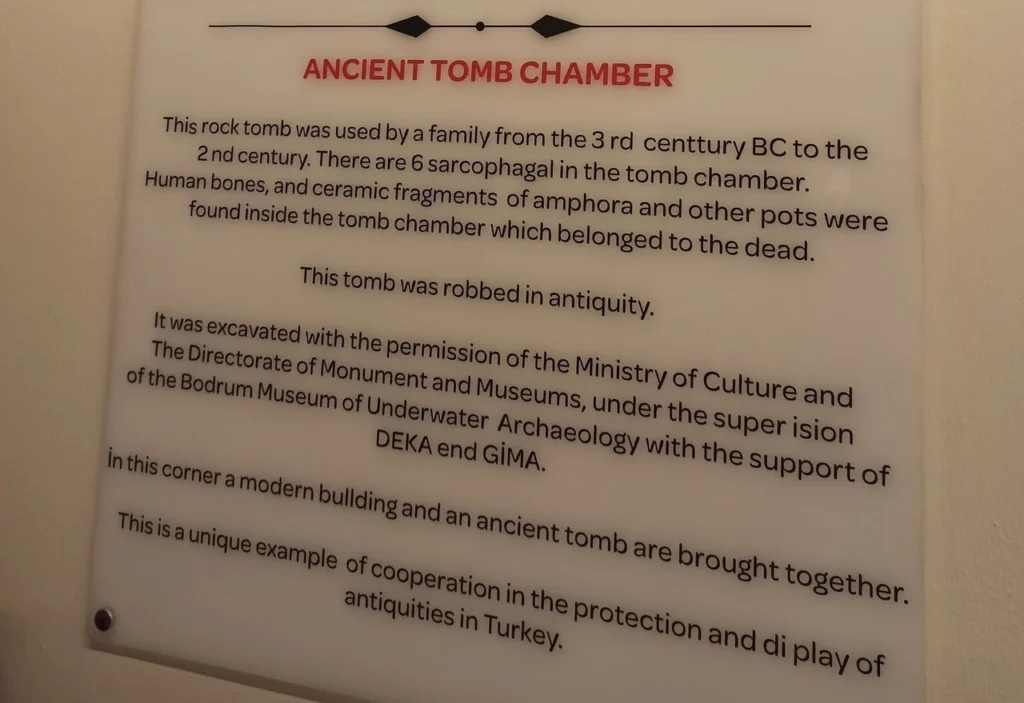
Shoppers at a supermarket in Türkiye are surprised by a 2300-year-old rock tomb
In Bodrum, a prominent tourist destination in Türkiye, a remarkable 2300-year-old rock tomb has been unexpectedly integrated into the shelves of a supermarket. Dating back to the 3rd century BC, the presence of this ancient tomb within a retail space has sparked both astonishment and controversy, leading to its nickname, the “Museum Market.” This unusual situation highlights the ongoing challenges surrounding the protection of historical heritage.
The tomb was discovered by chance during a construction project in the early 2000s, revealing the rich historical significance of the area. Construction was promptly halted, and a rescue excavation was initiated by the Bodrum Underwater Archeology Museum, with special permission from the Ministry of Culture. The excavation uncovered that the tomb belonged to a family and yielded significant artifacts, including six sarcophagi, human remains, and fragments of amphorae.

Despite being registered by the Izmir II Regional Board for the Protection of Cultural Assets, the decision to place the tomb inside the supermarket rather than in a museum has sparked considerable debate regarding the preservation and exhibition of such historical artifacts.
The display of the tomb has gained significant attention on social media, particularly through photos shared by architect Osman Gudu, which prompted widespread criticism. Many users expressed their disapproval, questioning how such a decision could be permitted and voicing concerns about the authorities’ commitment to safeguarding historical heritage.

An informational panel next to the tomb provides visitors with details about its history, noting its use from the 3rd century BC to the 2nd century AD and acknowledging its looting in ancient times. While the excavation is touted as “a unique example of cooperation in the preservation and exhibition of ancient artifacts in Turkey,” it remains a contentious point in the ongoing debate.
This incident in Bodrum has reignited discussions about Türkiye’s cultural heritage protection policies, with many social media users urging authorities to take more effective measures to ensure the proper safeguarding of historical artifacts.
You may also like
- A 1700-year-old statue of Pan unearthed during the excavations at Polyeuktos in İstanbul
- The granary was found in the ancient city of Sebaste, founded by the first Roman emperor Augustus
- Donalar Kale Kapı Rock Tomb or Donalar Rock Tomb
- Theater emerges as works continue in ancient city of Perinthos
- Urartian King Argishti’s bronze shield revealed the name of an unknown country
- The religious center of Lycia, the ancient city of Letoon
- Who were the Luwians?
- A new study brings a fresh perspective on the Anatolian origin of the Indo-European languages
- Perhaps the oldest thermal treatment center in the world, which has been in continuous use for 2000 years -Basilica Therma Roman Bath or King’s Daughter-
- The largest synagogue of the ancient world, located in the ancient city of Sardis, is being restored











Leave a Reply